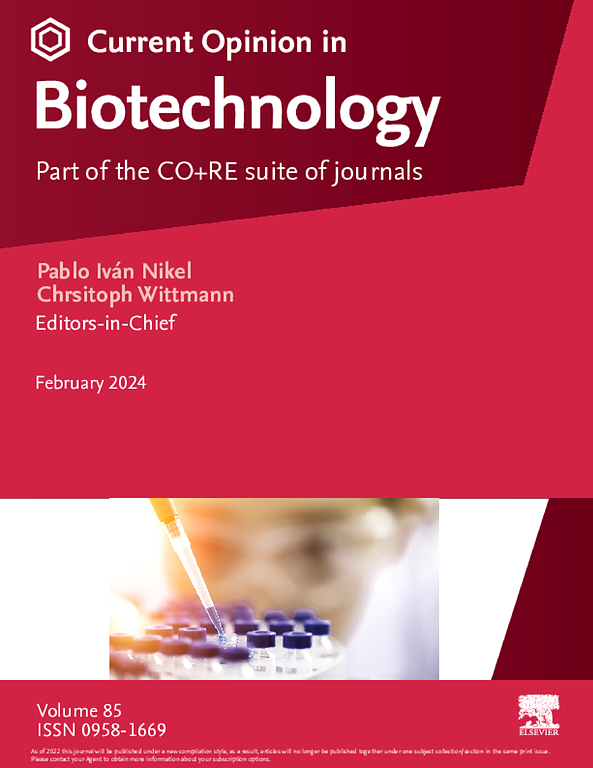Advancements in phosphorus species profiling and bioavailability assessment with implications for phosphorus sustainability
IF 7
2区 工程技术
Q1 BIOCHEMICAL RESEARCH METHODS
引用次数: 0
Abstract
Phosphorus (P) is an essential nutrient that governs ecosystem productivity, drives global biogeochemical cycles, and plays a central role in water–energy–food nexus. The increasing scarcity of P reserves and their environmental losses necessitate precise detection to monitor P in all contexts for effective and sustainable resource management. This review highlights recent advances in analytical techniques for P speciation and bioavailability across environmental matrices, including both bulk and single-cell methods. Furthermore, recent emerging insights into microbial P cycling were discussed, particularly the role of polyphosphate and polyphosphate-accumulating organisms in dynamic P transformations. By emphasizing the sustainability implications of P, we stress the importance of precise and quantitative detection methods to inform sustainable P management and mitigate the global P crisis.
磷种类分析和生物利用度评估的进展及其对磷可持续性的影响
磷(P)是控制生态系统生产力、推动全球生物地球化学循环并在水-能量-食物关系中发挥核心作用的必需营养素。磷储量的日益稀缺及其环境损失需要在所有情况下精确监测磷,以实现有效和可持续的资源管理。本文综述了环境基质中磷形态和生物利用度分析技术的最新进展,包括大量和单细胞方法。此外,还讨论了最近出现的关于微生物磷循环的见解,特别是聚磷酸盐和聚磷酸盐积累生物在动态磷转化中的作用。通过强调磷的可持续性影响,我们强调了精确和定量检测方法对可持续磷管理和缓解全球磷危机的重要性。
本文章由计算机程序翻译,如有差异,请以英文原文为准。
求助全文
约1分钟内获得全文
求助全文
来源期刊

Current opinion in biotechnology
工程技术-生化研究方法
CiteScore
16.20
自引率
2.60%
发文量
226
审稿时长
4-8 weeks
期刊介绍:
Current Opinion in Biotechnology (COBIOT) is renowned for publishing authoritative, comprehensive, and systematic reviews. By offering clear and readable syntheses of current advances in biotechnology, COBIOT assists specialists in staying updated on the latest developments in the field. Expert authors annotate the most noteworthy papers from the vast array of information available today, providing readers with valuable insights and saving them time.
As part of the Current Opinion and Research (CO+RE) suite of journals, COBIOT is accompanied by the open-access primary research journal, Current Research in Biotechnology (CRBIOT). Leveraging the editorial excellence, high impact, and global reach of the Current Opinion legacy, CO+RE journals ensure they are widely read resources integral to scientists' workflows.
COBIOT is organized into themed sections, each reviewed once a year. These themes cover various areas of biotechnology, including analytical biotechnology, plant biotechnology, food biotechnology, energy biotechnology, environmental biotechnology, systems biology, nanobiotechnology, tissue, cell, and pathway engineering, chemical biotechnology, and pharmaceutical biotechnology.
 求助内容:
求助内容: 应助结果提醒方式:
应助结果提醒方式:


